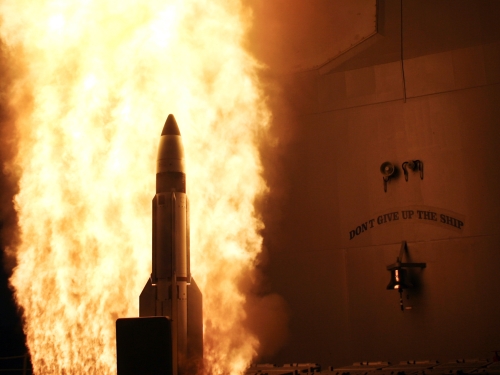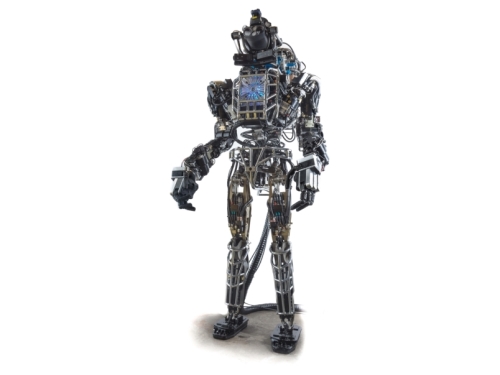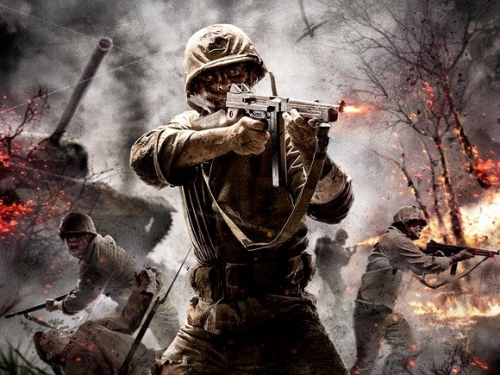
This article was originally published by War on the Rocks on 18 February, 2015.
The introduction of new weapons and platforms into the People’s Liberation Army (PLA) has captured the attention of much of the world for well over a decade. However, new equipment is only one element of the PLA’s long-term, multi-dimensional modernization process. There is much to be done and no one understands this better than the Chinese themselves. Based on what PLA commanders and staff officers write in their internal newspapers and journals, the force faces a multitude of challenges in order to close the perceived gaps between its capabilities and those of advanced militaries.




